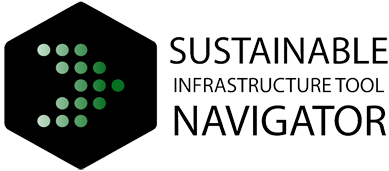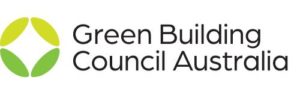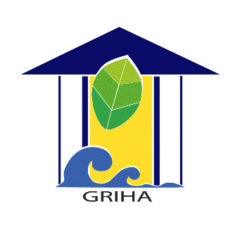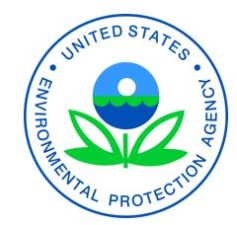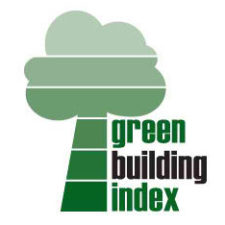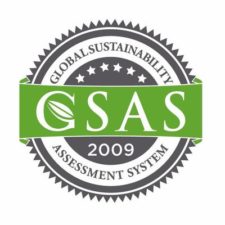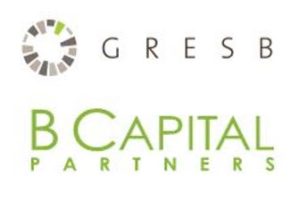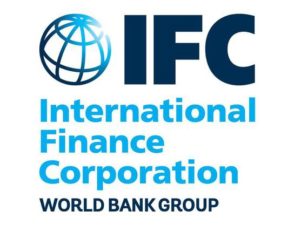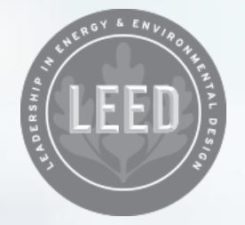
LEED for Buildings offers four different rating systems that support building sustainability throughout the life cycle: LEED for Building Design and Construction (LEED BD+C) that can be used for new buildings, LEED for Interior Design and Construction (LEED ID+C) for interior spaces, LEED for Operations, Maintenance (LEED O+M) for existing buildings and LEED Homes for residential buildings of up to six stories. The tools help decision makers and stakeholders to create responsible and sustainable buildings and continuously improve buildings’ performance. Recertification options are available.
Lifecycle Phase(s): PrioritizationAuthorities decide which projects to realize and how to allocate resources., Project PlanningGeneral strategy for a project’s delivery is developed., Concept DesignTechnical experts broadly outline the project’s basic characteristics., ProcurementThe provision of goods and services to realize a project are tendered and closed., Detailed DesignTechnical experts further elaborate the Concept Design., ConstructionThe asset is constructed in line with design, budget and timeline., Operation and MaintenanceInfrastructure assets are managed and maintained during their use time.
Type(s) of Tool: Rating SystemsProvide quantifiable sustainability ratings and / or certification for projects or assets.

